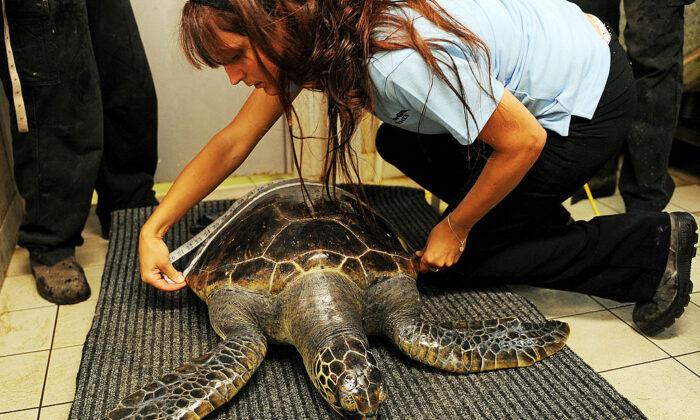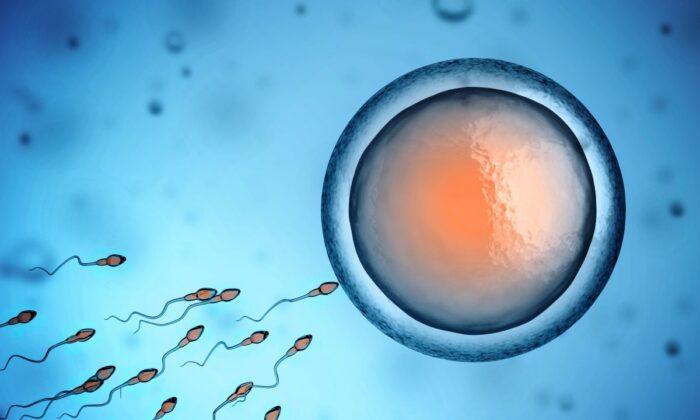The size of female sea turtles has a bearing on population dynamics and therefore they should be protected, a University of Western Australia (UWA) study has found.
The finding, published in Global Ecology and Biogeography on April 19, showed that larger females have greater reproductive output, with size a strong predictor of egg quantities, as well as the size of hatchlings when born.
“That’s because there is safety in numbers and larger hatchlings also have more ‘run power’ to help them escape predators,” he said.
It also highlights the need to protect large females so numbers can be quickly replenished as part of conservation efforts, he said.
Australia has some of the largest marine turtle nesting areas in the Indo-Pacific, and the only nesting populations of the flatback turtle.
Under the Environment Protection and Biodiversity Conservation Act 1999, all six marine turtle species found in Australian waters are protected.
In order to estimate how female turtle size contributes to reproductive output, the researchers compared a global meta-analysis, which combines the results of multiple scientific studies, with results obtained from a large dataset of green turtle nesting surveys gathered over almost three decades by the Sea Turtle Research Unit at the Chagar Hutang Turtle Sanctuary in Malaysia.
“The contributions of female size to reproductive output we saw were similar between datasets, which gives us confidence that, in the absence of local studies, our global meta-analysis estimates serve as a good first approximation to predicting the potential contribution of larger females to population replenishment,” Barneche said.
“All the evidence is showing that we should be protecting these super mums, they’re the hope for the future and conserving them can have a lasting impact on the future diversity and resilience of these iconic species.”





